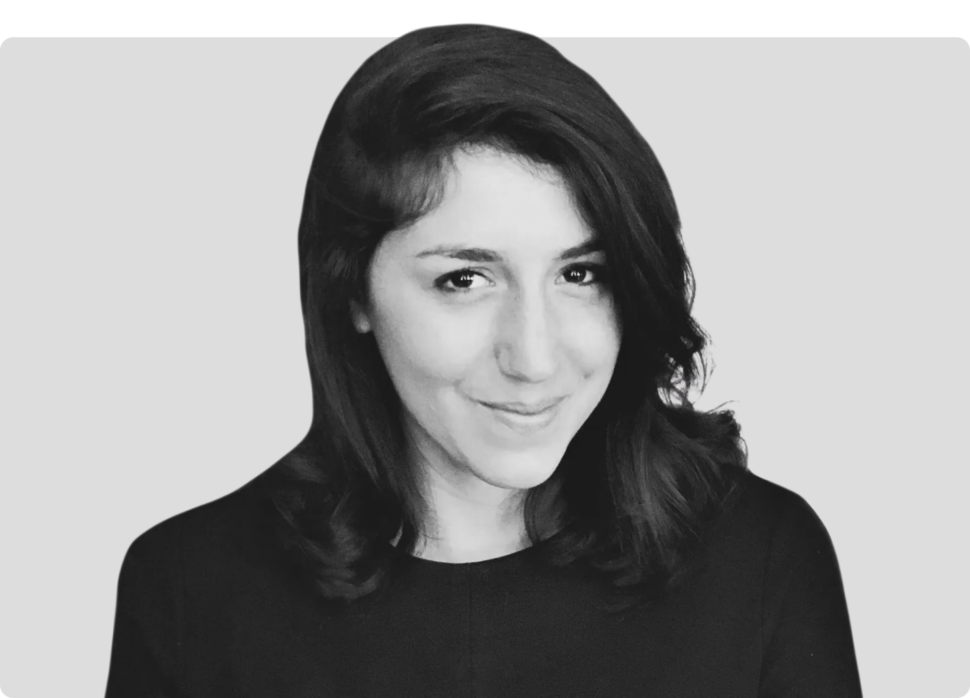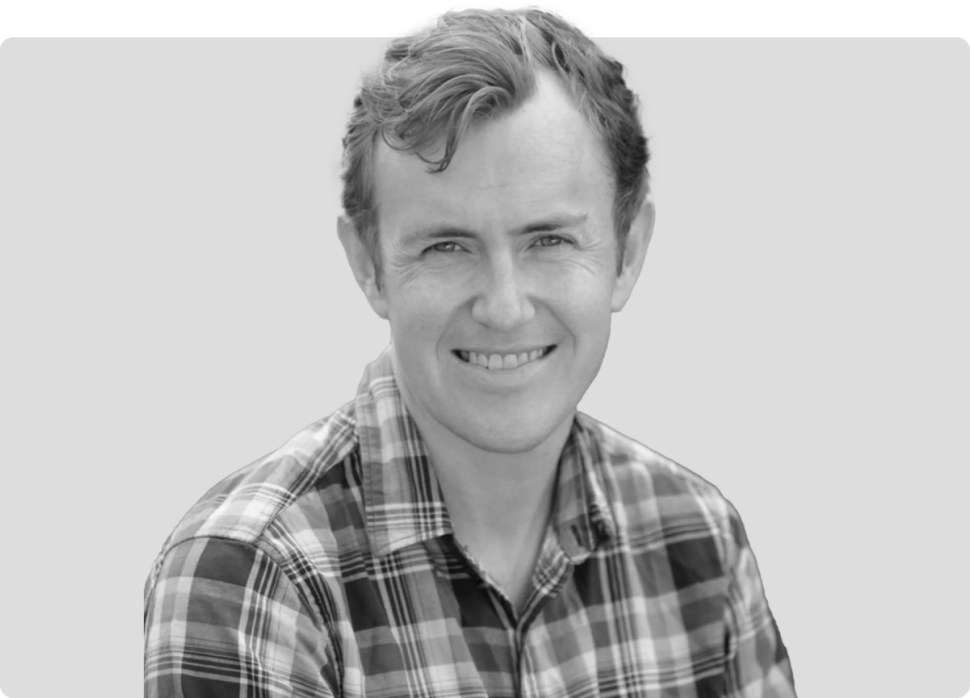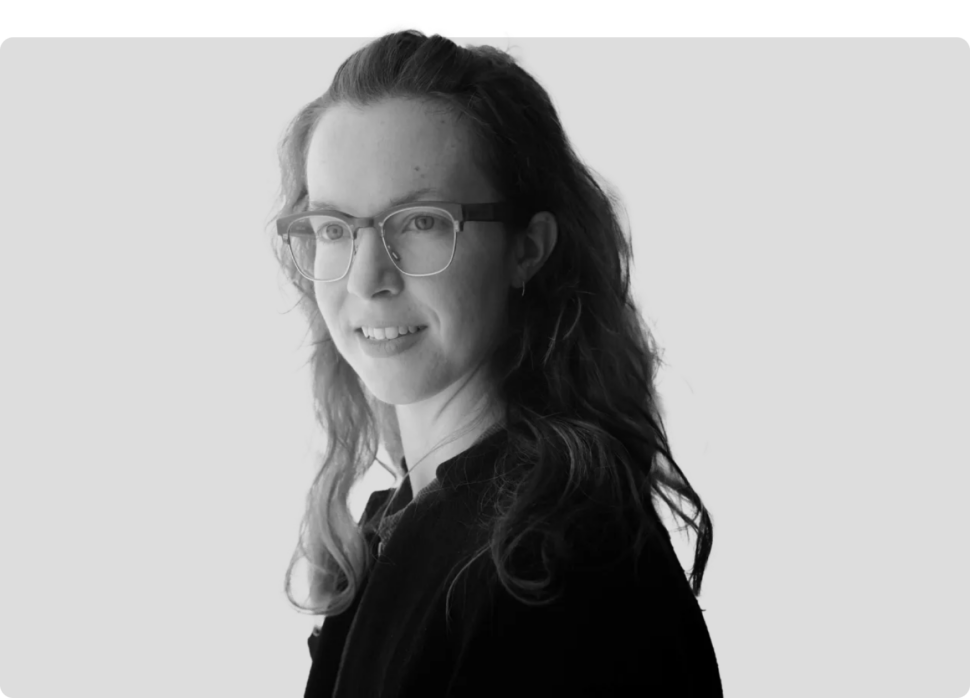Introducing Astera’s First Residency Cohort (and Applications for the Second Cohort!)
Applications are now open for our Fall cohort, due May 7
We are thrilled to announce the inaugural cohort of Astera Institute’s Residency Program! Following our open call earlier this year, we’ve selected an exceptional group of scientists, engineers, and entrepreneurs who embody our mission of creating public goods through open science and technology. This pioneering cohort brings together visionaries working across cutting-edge domains: advancing brain-machine interfaces to enhance human cognition, studying reflective cooling technologies to address climate change, creating sophisticated and accessible models of Antarctic and Greenland ice sheets to improve climate predictions, exploring terraforming methodologies for Mars, and developing functional foods based on the health benefits of fermentation.
Each resident will spend the next year at our Emeryville, CA campus pursuing these ambitious projects. These individuals are tackling challenges that are systematically underaddressed by traditional funding mechanisms, creating open tools and resources that can benefit humanity at scale. We’re particularly excited by how this cohort has embraced the program’s core principles of openness and experimentation, high-impact potential, and future-focused thinking. In the coming months, we’ll be sharing more detailed profiles of each resident and their projects, highlighting how their work contributes to our vision of leveraging open science for public benefit in areas critical to our planetary future and human flourishing.
Building on this momentum, we are excited to open applications for our Fall Residency cohort, starting October 2025! If you’re interested in joining us, apply here before May 7, 2025.
Meet the Residents

Chongxi Lai – Building brain-like models
Chongxi Lai works at the intersection of neuroscience, artificial intelligence (AI), and brain-machine interfaces (BMIs). Originally trained as an engineer, he transitioned to neuroscience to investigate the biological roots of intelligence. He earned his PhD through a joint program between the University of Cambridge and the Howard Hughes Medical Institute’s Janelia Research Campus. Returning to Janelia as a research scientist, Lai developed the first map-based hippocampal BMI enabling rats to navigate virtual spaces using neural activity alone, providing groundbreaking evidence of abstract spatial thought in animals. His research has revealed key parallels and distinctions between biological intelligence and modern AI algorithms, leading him to believe that AI architectures must evolve to be more like those of animals and humans. This evolution will lay the groundwork for AI and the brain to mutually enhance each other.
Project description
The rapid growth of AI intelligence is transforming what machines can do, pushing humans to enhance their cognitive abilities to keep up. One promising solution lies in developing advanced brain-machine interfaces (BMIs) capable of both reading from and writing to the brain, enabling the transfer of powerful knowledge representations from pre-trained AI models into biological brains. However, this requires a deeper understanding of intelligence, hardware development, and extensive animal testing, a challenge made difficult by the vast range of possible approaches and limited prior research. Meanwhile, advances in large-scale GPU computing and simulation tools now allow testing of brain enhancement in virtual environments, which might greatly reduce the search space. Towards this goal, Lai’s research program focuses on building a brain-like model within a simulated environment, where it is tested across a range of cognitive and embodied tasks. This model will serve as a baseline to test whether and how cognition can be enhanced through novel AI-assisted BMI closed-loop stimulation algorithms.
Learn more: Detailed Project Description
Open roles: AI Research Engineer – Brain-Inspired AI & Neural Enhancement

Dakota Gruener – Studying sunlight reflection to limit climate impact
Dakota Gruener leads Reflective, a non-profit climate initiative accelerating the pace of sunlight reflection research. Across a career spanning global health, digital privacy, and climate, Dakota has focused on developing frontier technologies with the potential for worldwide impact—while ensuring the risks they pose are addressed responsibly. Originally trained in biology and political science, she served as aide-de-camp to the CEO of Gavi, the Vaccine Alliance, where she supported negotiations with vaccine manufacturers and helped raise $10B to fund five years of vaccine programs in low- and middle-income countries. She was also founding Executive Director of ID2020, a global alliance committed to ethical, privacy-protecting digital identity and served as co-chair of both the WHO Smart Vaccine Certificate Working Group, which set international standards for COVID vaccination certificates, and the Good Health Pass Collaborative, a private-sector initiative (125+ companies) focused on resumption of international travel. Dakota holds a degree from Brown University and is a proud Californian.
Project description
Sunlight reflection may be the only available option, alongside dramatic emissions reductions, adaptation, and rapid scaling of carbon removal, to rapidly limit many climate impacts over the coming decades. But we don’t know nearly enough about it to make a scientifically-informed decision about potential deployment – and we’re not on a trajectory for rapid, legitimate decision making. Reflective is a philanthropically-funded initiative to develop the necessary knowledge base and do the requisite technology research and development, urgently and responsibly.
Learn more: www.reflective.org

Edwin Kite – Warming Mars
Edwin Kite is a planetary scientist working on habitability across our solar system and beyond. As an associate professor at the University of Chicago and participating scientist on the Mars Curiosity rover, he combines computer modeling, spacecraft data analysis (Mars orbiters and space telescopes), rover operations, and terrestrial analog fieldwork. Originally from London, Edwin holds undergraduate degrees from the University of Cambridge and a PhD from UC Berkeley, and has held previous roles as O.K. Earl Fellow at Caltech and Hess Fellow at Princeton.
Project description
We don’t know what our future in space will look like. Perhaps we’ll leave the planets as wildernesses and live in large space stations. Or perhaps we’ll adapt lifeless worlds to be more suitable for life. While the cost of access to space is falling rapidly, surprisingly little research has been done on Mars terraforming since the pioneering work of Carl Sagan and Chris McKay. For Mars, warming the surface is a necessary first step in making it suitable for life. Kite’s team will investigate novel methods for warming Mars, exploring the fundamental physical constraints that will shape future decisions about the planet. The aim is to identify critical measurements needed for informed decision-making, accelerate technical progress, and grow an interdisciplinary research community.
Learn more: Feasibility of keeping Mars warm with nanoparticles

Erika DeBenedictis – Designing life for Mars
Erika is a former astronomer and current synthetic biologist. As an undergraduate at Caltech, Erika worked on topics in computational physics including space mission orbit design at NASA and computational protein design at D. E. Shaw Research. Erika worked with Kevin Esvelt at MIT during her PhD, where she used laboratory automation to tackle problems in synthetic biology. She led an academic lab at the Francis Crick Institute in London, UK focused on using Robotics-Accelerated Evolution to push the limits of biotech for use on Earth and in Space. In 2021 she founded Align to Innovate, a nonprofit improving the reproducibility, scalability, and shareability of life science research with programmable experiments. Erika is now the CEO of Pioneer Labs, a nonprofit that engineers microbes for Mars.
Project description
Biology is the ultimate green technology, capable of upcycling waste into food, water, and air: all the essentials for human life. However, today it is too unreliable, untested, and wasteful to be a mission-critical technology. That’s why Pioneer Labs is engineering hardy critters that perform gracefully even in the extreme conditions of space. Pioneer Labs engineers microbes that the first astronauts will use on Mars to upcycle waste into essentials like food, therapeutics, and building materials. By doing so, they aim to make biomanufacturing ubiquitous, reliable, and green — on Earth and beyond.
Learn more: Polyextremophile engineering: a review of organisms that push the limits of life
Open roles: Computational Biologist

Rachel Dutton – Accessing the health benefits of fermented foods
Rachel is a microbiologist and leader in the study of fermented food microbiomes. Originally trained as a bacterial geneticist with Jonathan Beckwith at Harvard Medical School, she pioneered the use of fermented foods like cheese as simplified microbial ecosystems to help reveal how more complex microbiomes work. As a Bauer Fellow at Harvard University and then a Professor of Biological Sciences at UC San Diego, she led research to grow microbiomes in the lab and probe how microbes interact and evolve within communities. Rachel moved to Arcadia Science in 2022 to build new models for doing science, and continues to build towards expanding our understanding of fermented foods at Astera.
Project description
Humans have co-evolved alongside fermentation, and fermented foods offer profound health benefits for the gut and immune system. Rachel’s research focuses on making these benefits more accessible by uncovering how microbes and their byproducts support human health, such as reducing chronic inflammation. By mapping the connections between microbial species, their metabolites, and health benefits, her work lays the foundation for developing next-generation functional foods. The open-source datasets generated through this research aim to accelerate discovery across academia and industry, helping to democratize knowledge and transform how fermented foods are used for preventative health.
Learn more: Building Scientific and Microbial Communities

Thomas Teisberg – Modeling the earth’s ice sheets
Thomas Teisberg is an engineer and radio glaciologist, developing open-source tools for data collection and modeling of the Earth’s ice sheets. He recently finished his Ph.D. in Electrical Engineering with the Stanford Radio Glaciology group, where he developed open-source ice-penetrating radar systems and explored scientific applications of automated airborne radar surveys. With previous work ranging from radar systems for self-driving cars to acoustic sensing systems for Zipline’s medical supply delivery UAVs, Thomas has planned and participated in two field seasons of testing UAV-borne radar systems in Greenland, as well as participating in fieldwork on glaciers in Svalbard and Iceland. He was the recipient of a NASA FINESST grant, as well as being a TomKat Graduate Fellow, a Stanford Data Science Scholar, and a Stanford Human-Centered Artificial Intelligence (HAI) Graduate Fellow. Thomas also developed and maintains radarfilm.studio, an open-source data portal for the first-ever continent-scale radar surveys of the Antarctic and Greenland ice sheets.
Project description
Ice sheet models are crucial numerical simulation tools used to understand the internal dynamics and future state of the Greenland and Antarctic Ice Sheets, providing future projections of Earth’s ice sheets that are a core component of predicting sea level rise. These models link many levels of cryospheric, atmospheric, and ocean sciences, but technical challenges restrict who can practically run and reproduce state-of-the-art models. Even as large-scale computational resources have become more widely available, the complexity of porting tools between systems, the lack of common dataset descriptions, the reliance on initialization know-how, and other challenges have continued to limit the reproducibility and accessibility of large-scale ice sheet models, creating roadblocks to other kinds of much-needed research.
This project aims to break down technical barriers to ice sheet model reproducibility, helping to pave the way to better incorporation of observational data and open interdisciplinary research. It aims to tackle both the technical challenges, building tools and documentation to make sharing models easier, and the non-technical challenges, working with academic partners to produce examples and best practices for reproducible research.